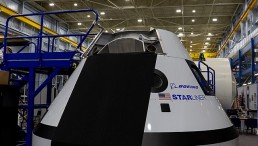moon
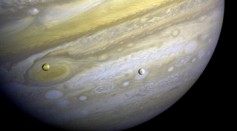
See What Tools Made the Cut Aboard the Upcoming Europa Clipper Mission
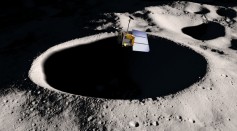
NASA Spacecraft Now Closer to the Moon Than Ever Before
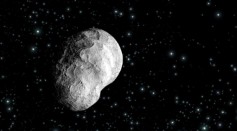
NASA Scientist Says Space Mining Needs Oversight
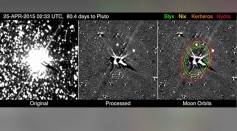
New Horizons Captures First Glimpse at Pluto’s Faintest Moons
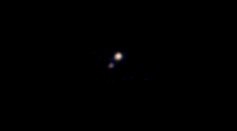
New Horizon's Sends Back First Color Image of Pluto and Charon
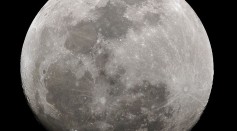
Studies Tackle the Question of the Moon's Origin
Lava Tubes Could Be Shelter for Expedition to Moon
Total Solar Eclipse 2015—Were You Underwhelmed?
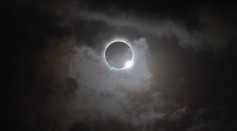
Solar Eclipse Guide March 2015—How To Watch it Tonight From Anywhere on Earth
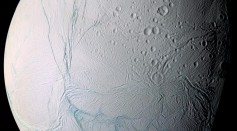
Moon of Saturn Could Provide Answers to the Search for Life Beyond Earth
Methane Based Life Could Exist on Saturn’s Moon, Titan
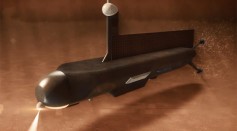
VIDEO—How Antiquated Technology May Reveal the Secrets of Titan’s Seas
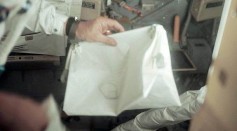
Neil Armstrong's Apollo 11 Artifacts Stowed Away For More Than 40 Years
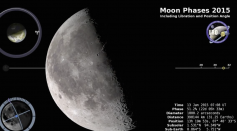
What Lies On the 'Dark Side' of the Moon?
Most Popular

Anavex Life Sciences Alzheimer's Treatment Brings Hope to Millions

S73-7 Satellite That Has Been Missing Rediscovered Orbiting Undetected for 25 Years
![Anger Could Lead to Blood Vessel Dysfunction, Increase Risk of Heart Problems [Study]](https://1721181113.rsc.cdn77.org/data/thumbs/full/53500/89/56/50/40/anger-could-lead-to-blood-vessel-dysfunction-increase-risk-of-heart-problems-study.jpg)
Anger Could Lead to Blood Vessel Dysfunction, Increase Risk of Heart Problems [Study]

China Launches Chang’e 6 Mission To Obtain Soil and Rock Samples From the Far Side of the Moon

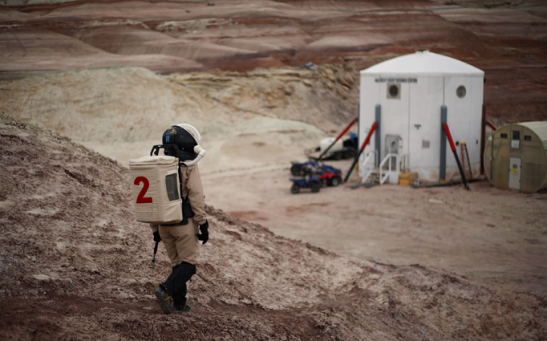
![Venus Lost Water and Dried Out Due to Chemical Reaction HCO+ Dissociative Recombination [Study]](https://1721181113.rsc.cdn77.org/data/thumbs/full/53493/258/146/50/40/venus-lost-water-and-dried-out-due-to-chemical-reaction-hco-dissociative-recombination-study.jpeg)


